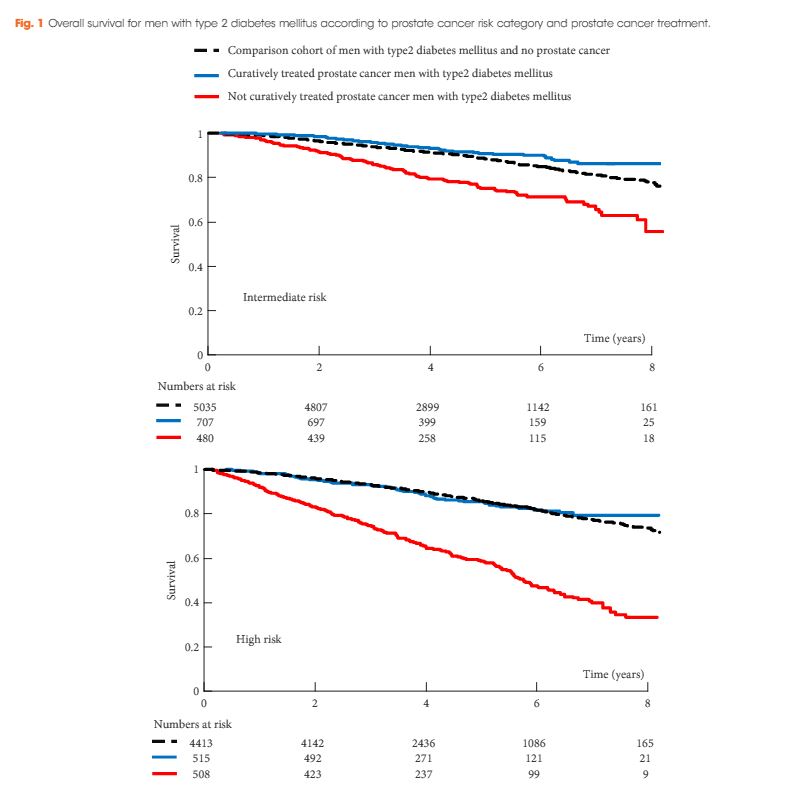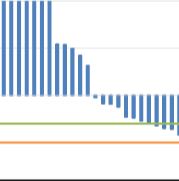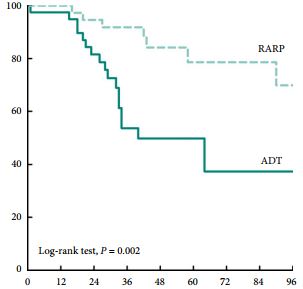Editorial: PCa Prevention – Proof is Elusive
Prevention is so much better than cure because it saves the labor of being sick. Thomas Adams, 1618
Inferior doctors treat the full blown disease; mediocre doctors treat the disease before evident; superior doctors prevent disease. Nai Ching, 1st Chinese Medical Text, 2600 BC.
Enthusiasm for prevention is hundreds, even thousands of years old. In the field of prostate cancer, profound differences in the regional variation of prostate cancer around the world (highest in Americans and Scandinavians, lowest in Asians) despite the similar incidence of histologic occult prostate cancer, and shifts in the incidence in mortality amongst immigrant populations moving from low to high prostate cancer regions, led to a firm belief that clinical disease was preventable. This belief was supported by the known long initiation phase for prostate cancer, providing an opportunity over decades for diet and micronutrient intake to influence the likelihood of disease progression.
In addition, many epidemiologic studies pointed to the benefits of fruits and vegetable intake high in Vitamin E, Selenium, Beta Carotene, Lycopene, and other micronutrients, and a diet low in animal fat.
However, recently several pivotal studies have taken the bloom off the rose of prevention. In particular, the SELECT study demonstrated a 17% increased rate of prostate cancer in men on Vitamin E, and an increase in DM in men on Selenium (1). The study was resoundingly negative. In addition, both high intake of multivitamins, and high dairy and calcium intake, have been associated with an increased risk of fatal prostate cancer (2). Folic acid intake results in an increased incidence of prostate cancer. Despite the positive PCPC and Reduce trials, the 5 ARIs were not approved for prevention by the FDA due to concerns about an increased risk of high grade prostate cancer, despite the reduction in positive biopsies in men on the drug (mostly due to a decrease in low grade cancer).
Further, studies of the association between dietary intake of fruits and vegetables and PCa are inconsistent. For example, one large study of 130,544 men found no significant association between fruit or vegetable intake, including cruciferous vegetables, and prostate cancer. (3) Another study showed dietary modification, reducing fat and increasing fruits, vegetables, and fiber, had no impact on PSA. (4).
And yet, despite the negative intervention studies, a lingering spark of hope exists that the many positive population, epidemiologic, and pre- clinical studies supporting dietary prevention will be vindicated. The study in the current issue of BJU Int on the MEAL study is therefore a laudable and ambitious initiative (5). Remarkably, 478 men have been randomized to validated dietary counseling intervention vs no intervention. This paper reports the initial demographics and eligibility data. It is undoubtedly the first of many publications that will arise from this important trial.
Will this study prove its’ ambitious goal, to demonstrate that prostate cancer progression can be influenced by dietary modification? While the initiative is laudable, I suspect the hurdles are insurmountable given the sample size and conceptual basis for the study. The study is being performed in men on active surveillance, and the primary end point will be the risk of disease ‘progression’. The study references the Redeem study, which showed a 44% reduction in disease ‘progression’ with dutasteride compared to placebo (6).
What we have learned since the Redeem study was initiated more than a decade ago was that the major limitation of conservative management in men diagnosed with low grade prostate cancer on systematic biopsy is not disease progression as it is usually defined (ie, developing worse disease over time); it is grade misattribution, based on sampling and pathologic miss of co-existent higher grade cancer (7). Higher grade cancer is present in about 30% of men with Gleason 6 cancer on systematic biopsy. Finding this on subsequent systematic biopsy is largely a matter of luck, location of the cancer, and biopsy strategy and number. In contrast, true grade progression (from Gleason pattern 3 to pattern 4 or 5) is uncommon, estimated to occur in only 1-2% of patients per year (8). The adoption of MRI and targeted biopsy into the surveillance algorithm has reduced the misattribution problem. Thus, the true ‘event rate’ (exclusive of misattribution) is likely to be in the 15% range at 10 years. A study with the power to detect a 20% relative difference in these events, ie a 3% absolute difference, would require more than a thousand patients followed for 10 years.
In the Redeem study, the reduction in ‘progression’ was entirely related to a decrease in the volume of low grade cancer. Indeed, the rate of upgrading was 13% in both arms in Redeem. Therefore the decrease in progression in that study likely reflected the cytoreduction effect of 5 ARIs, and not a real biological effect on cancer progression.
Thus, to be meaningful, prevention studies in men on surveillance should identify, at the very least, a real reduction in grade progression, based on state of the art evaluation at baseline with MRI and targeted biopsies as warranted, and long term follow up. A decrease in the rate of volume progression of Gleason 6, a major end point of this study, is not meaningful. In the study as described, which does not explicitly incorporate MRI, an imbalance in the number of patients having off protocol MRI and targeted biopsies between the two arms could significantly bias the outcome.
A further problem with long term studies of dietary intervention relates to the well-known methodological limitations in this area—ensuring long term compliance, recall bias of food intake, and contamination of the control arm.
Nonetheless, the authors deserve strong congratulations for pursuing this major initiative. We will follow the course of this study with interest.
Dr. Laurence Klotz C.M.
Division of Urology, Sunnybrook Health Sciences Centre, 2075 Bayview Ave. #MG408
Toronto, Ontario M4N 3M5
References
- Klein EA, Thompson IM Jr, Tangen CM, et al.: Vitamin E and the risk of prostate cancer: the Selenium and Vitamin E Cancer Prevention Trial (SELECT). JAMA 306 (14): 1549-56, 2011
- Lawson KA, Wright ME, Subar A, et al.: Multivitamin use and risk of prostate cancer in the National Institutes of Health-AARP Diet and Health Study. J Natl Cancer Inst 99 (10): 754-64, 2007
- Key TJ, Allen N, Appleby P, et al.: Fruits and vegetables and prostate cancer: no association among 1104 cases in a prospective study of 130544 men in the European Prospective Investigation into Cancer and Nutrition (EPIC). Int J Cancer 109 (1): 119-24, 2004
- Shike M, Latkany L, Riedel E, et al.: Lack of effect of a low-fat, high-fruit, -vegetable, and -fiber diet on serum prostate-specific antigen of men without prostate cancer: results from a randomized trial. J Clin Oncol 20 (17): 3592-8, 2002.
- BJU-2016-1793.R2 – The Men’s Eating and Living (MEAL) Study (CALGB 70807 [Alliance]): Recruitment Feasibility and Baseline Demographics of a Randomized Trial of Diet in Men on Active Surveillance for Prostate Cancer
- Fleshner NE, Lucia MS, Egerdie B, et al. Dutasteride in localised prostate cancer management: the REDEEM randomised, double-blind, placebo-controlled trial. 2012;379(9821):1103-1111.
- Cooperberg MR, Carroll PR, Klotz L: Active surveillance for prostate cancer: progress and promise. J Clin Oncol 29 (27): 3669-76, 2011. [PubMed]
- Lurdes Y.T. Inoue, Bruce J. Trock, Alan W. Partin, H. Ballentine Carter, Ruth Etzioni Modeling Grade Progression In An Active Surveillance Study Stat Med. Author manuscript; available in PMC 2015 Mar 15. Published in final edited form as: Stat Med. 2014 Mar 15; 33(6): 930–939.









